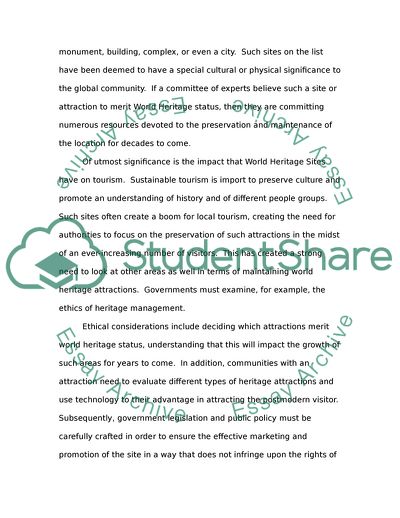Cite this document
(Heritage Managemant: Dicovery Point in Dundee Coursework Example | Topics and Well Written Essays - 4000 words, n.d.)
Heritage Managemant: Dicovery Point in Dundee Coursework Example | Topics and Well Written Essays - 4000 words. https://studentshare.org/tourism/1792200-heritage-managemant-dicovery-point-in-dundee
Heritage Managemant: Dicovery Point in Dundee Coursework Example | Topics and Well Written Essays - 4000 words. https://studentshare.org/tourism/1792200-heritage-managemant-dicovery-point-in-dundee
(Heritage Managemant: Dicovery Point in Dundee Coursework Example | Topics and Well Written Essays - 4000 Words)
Heritage Managemant: Dicovery Point in Dundee Coursework Example | Topics and Well Written Essays - 4000 Words. https://studentshare.org/tourism/1792200-heritage-managemant-dicovery-point-in-dundee.
Heritage Managemant: Dicovery Point in Dundee Coursework Example | Topics and Well Written Essays - 4000 Words. https://studentshare.org/tourism/1792200-heritage-managemant-dicovery-point-in-dundee.
“Heritage Managemant: Dicovery Point in Dundee Coursework Example | Topics and Well Written Essays - 4000 Words”. https://studentshare.org/tourism/1792200-heritage-managemant-dicovery-point-in-dundee.


